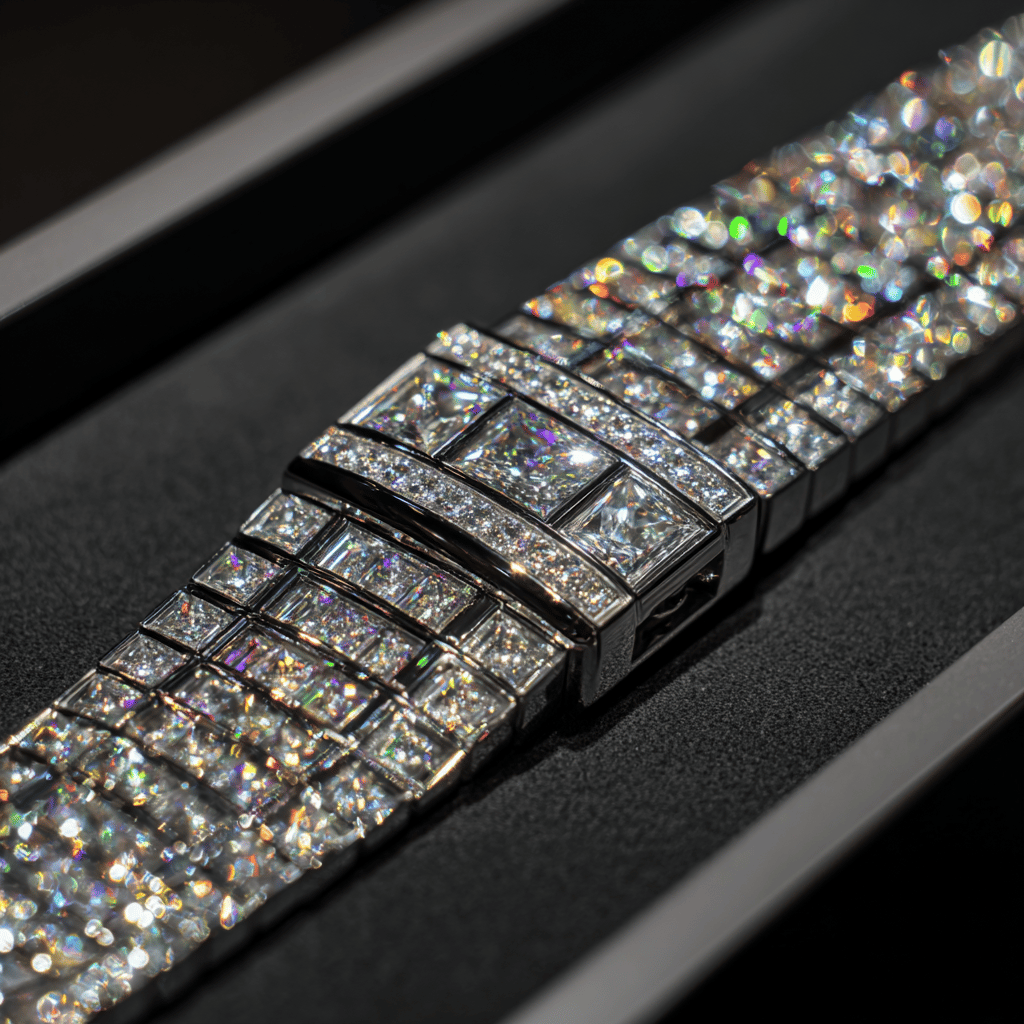
5 Fascinating Facts About Watch Straps You Probably Didn’t Know
Share
We all know a strap can change the look and feel of a watch. But behind this humble accessory lies a world of surprising stories, strange inventions, and hidden details. Here are five fascinating facts about watch straps that might just surprise you.
1. The First NATO Strap Was Called the G10
Issued by the British Ministry of Defence in 1973, the “G10” nylon strap was originally a military supply item. Soldiers had to fill out form G1098 to receive one—hence the nickname. Today, NATO straps are a style icon far beyond the battlefield.
2. NASA Astronauts Wore Velcro Straps in Space
During the Apollo missions, leather or metal simply wouldn’t work over bulky space suits. NASA designed long Velcro straps so astronauts could wear their Omega Speedmasters on the outside of their suits—making time readable even in zero gravity.
3. The Tropic Strap Was a Diver’s Secret Weapon
In the 1960s and 70s, professional divers needed straps that wouldn’t rot like leather. The perforated rubber Tropic strap became legendary for its comfort and durability under the harshest conditions.
4. Some Watch Straps Cost More Than the Watch
High-jewelry watchmakers have created straps in solid gold, platinum, and even diamond-encrusted designs. In some cases, the strap itself was valued higher than the watch head—a reminder that sometimes the “accessory” is the real star.
5. Your Strap Choice Reflects Your Personality
Psychologists of style often note that watch straps are a mirror of personality: leather signals tradition and confidence, rubber shows athleticism and practicality, while steel suggests strength and formality. What does your strap say about you?
Final thought: A watch strap isn’t just a detail—it’s history, technology, and personality wrapped around your wrist. Next time you swap your strap, remember: you’re part of a century-old story.
